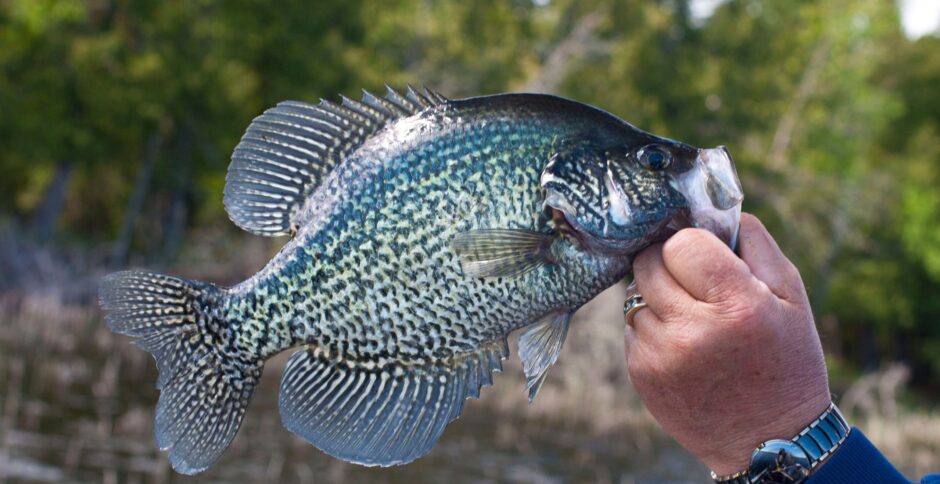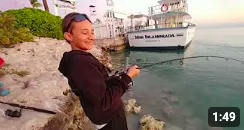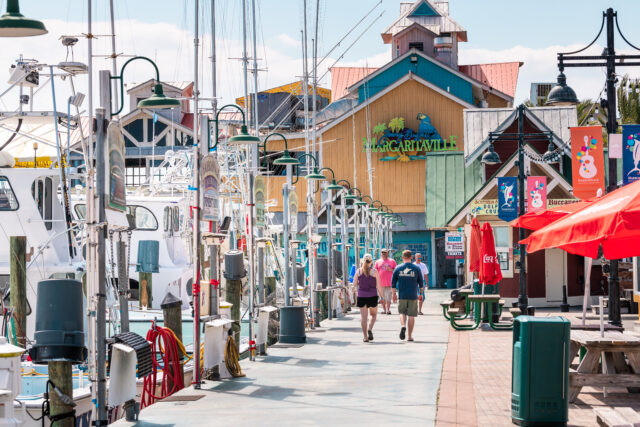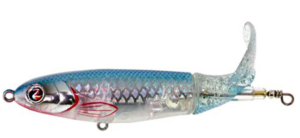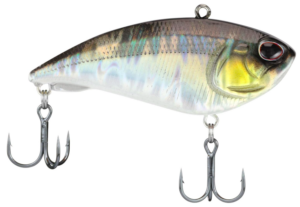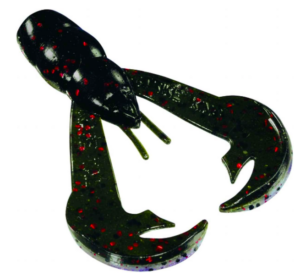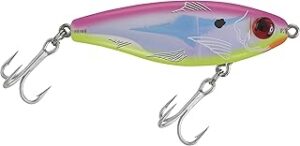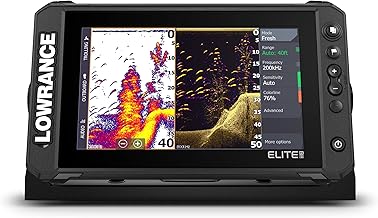Seasonal Migrations
On smaller bodies of water, the seasonal migrations are very small. They may move from deep water to shallow, then back to deep, but because these lakes are small, it’s not that hard to go from deep to shallow then back to deep again. It’s usually just a little bit of time on the trolling motor to bounce back and forth from good spring spots to good summer and fall spots.
On large lakes and reservoirs, it is completely different. Crappie can move several miles to get to their spawning sites. As spring approaches, crappie will move from the main lake basin to the bays and creeks as they get ready to spawn. Anglers do well targeting the main lake points and the secondary points as these fish stage and wait for warmer water temperatures. Then, crappie will move into the shallows around wood, weeds and rock as they prepare to spawn.
Once the spawn is over, the fishing can get a lot harder depending on the body of water you are fishing. Crappie may stay shallower for a week or so, then the majority of the fish will move deeper as they settle into their summer and fall patterns. Plan on fishing deeper water where you can find bait fish and cover such as brush piles, deep weed edges and rock. The weeds and wood will usually hold a lot more crappie than the rock.
Bays
The bays provide excellent fishing in the spring and sometimes in the fall too when the bait fish move back into the shallows as the water temperatures cool. Find the wood, rocks and weeds to find these fish. On some lakes, it will just be one main source of cover and on bigger lakes, you may find wood, weeds and rocks, which gives anglers a lot of options.
Bridges
Bridges almost always hold some crappie, especially if they have some deeper water around them.
Creek Channels
Creek channels can be great in the spring and the fall. Some anglers do well fishing them in the summer as well. The creek channels are kind of like an underwater highway that many crappie will use as they migrate in and out of the bays, inlets, coves and other shallow water spots that they can be found.
Dams & Spillways
Dams and spillways can definitely hold some crappie. They usually will be found in the areas that have more moderate currents and around the pools and current breaks near these major dams and spillways. On some bodies of water, you will get a little spillway after a rain and it may only last an hour or two or up to a couple of days. Fish these spots after a big rain and you may catch some nice fish.
Docks
Docks are one of the best places to fish for crappie in the spring time. In the summer, the deep water docks may hold some fish and in the fall, you will usually see some good numbers of fish move back into the docks. It’s hard to beat the spring though when dock fishing for crappie.
Drop-Offs
Find a good drop-off near a point or on a good shoreline that has rocks, weeds or wood and you may find some nice crappie there. Crappie like deep water, so you will most likely be fishing more of these drop-offs than shallow flats if you fish for crappie from spring through fall.
Flats
The flats will hold a lot of crappie in the spring when these fish are moving shallow to spawn. The flats that have some form of hard bottom with some wood are preferred, however, you may find them in the weeds and around the rocks as well.
Open Water Crappie
Crappie can often be found in open water roaming the deeper water near schools of bait fish. Fishing for and catching suspended crappie can be challenging. When crappie suspend and roam in open water, they may be anywhere from 10 to 25 feet down, but they can easily be over water 60 feet deep or even deeper. These suspended crappie are usually out in cooler water following the thermocline once it sets in the summer. They will also follow bait fish into open water as well. If you can find these fish on your electronics and you can stay over them, there is a good chance you can put a bunch of them in the boat. Finding them and staying on them is the challenging part.
Points
Points are always a good place to fish for crappie. Find the points with some deeper water, wood, rocks or weeds and you will have more success.
Reefs
The reefs are more for walleye and smallmouth bass, but crappie can be found on them too occasionally. Fish the deeper water around these reefs with your favorite crappie baits and you may catch some nice fish. The early spring, summer and fall are the best times to fish the reefs. In the fall, you may find some huge schools of crappie if you hit it right.
Rocks & Boulders
Crappie prefer wood, then weeds, then rocks usually. On some bodies of water though, the rocks may be the key for finding crappie.
Weeds
On some bodies of water, it is all about the weeds. There may not be as much wood around and the weeds will attract plenty of crappie. In the spring, find the green weeds in the bays or along the shorelines. In the fall, find the deepest weed edges you can find and you may find the bigger schools of crappie.
Wood
On some lakes, you aren’t going to find much wood. On others, you are going to find a lot of wood. If you can find the brush piles and any other type of wood on the lake, it is worth fishing to see if any crappie are around. Wood is one of the most consistent types of cover for holding crappie.
[wpinsertshortcodead id="phdbx5f8dae2fc56be"]
